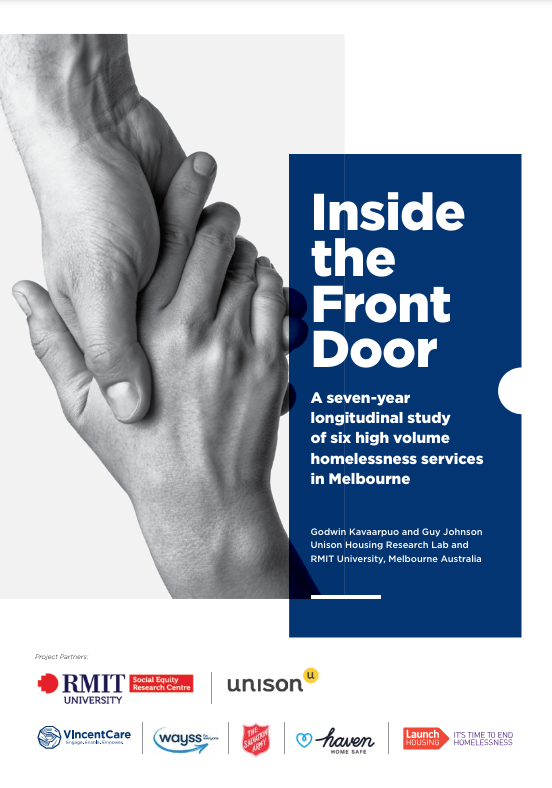Over the past two decades, homelessness has become an entrenched feature on Australia’s social landscape and pressure on homelessness services has continued to rise. While a great deal is known about who presents to homelessness services, much less is known about service utilisation patterns among households ‘at risk’ of homelessness and experiencing homelessness.
Service utilisation patterns have been a foci of research studies in several areas, particularly public health and one particularly important strand focuses on ‘heavy service users’. Interest in heavy service users is largely motivated by the fact that despite typically accounting for approximately 10-20% of services users, heavy service users consume a disproportionate amount of resources. The identification of heavy service users and what contributes to heavy service use is therefore important information that policy makers and service providers can use to devise less expensive ways to meet their needs, optimise service design and improve service outcomes.
Using a novel dataset that combined administrative records from six Initial Assessment and Planning (IAP) services across Metropolitan Melbourne, this report examines the characteristics and service utilisation patterns of 70,552 unique households over a 7-year period. The aim of the report was to determine if there are distinct patterns of service use, and whether different patterns of service use are associated with distinct household characteristics.
Key findings:
- Households presenting to an IAP service have more complex needs than in the past.
- IAP services are working with more households that have traditionally not needed housing assistance.
- There is little difference between the groups in terms of gender, age or household type, but the report shows that the attributes of regular users are markedly different from light users.
- Sexual abuse was also much more common among regular users, as was substance and drug misuse.

